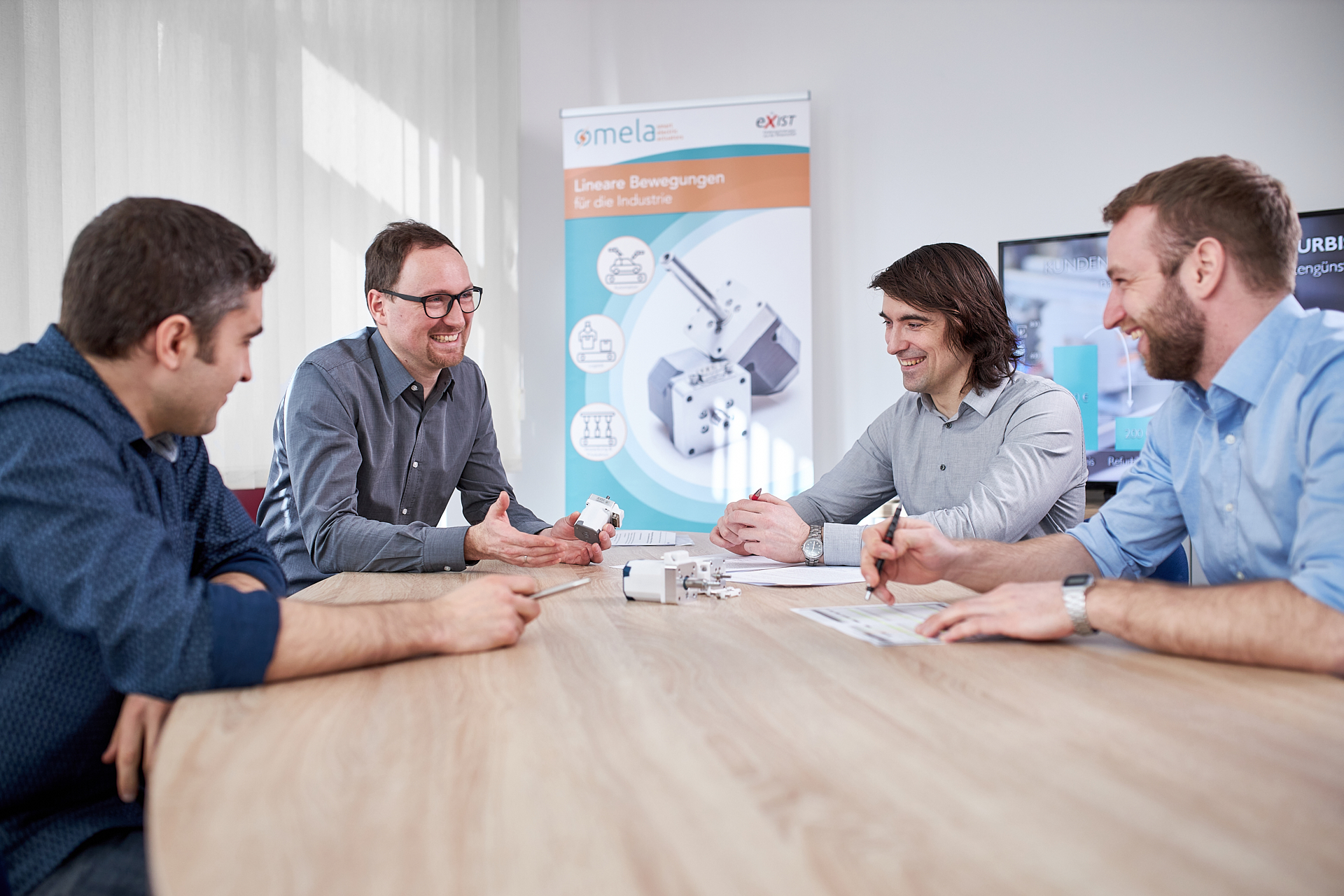With solutions for energy- and space-saving industrial automation, the Magdeburg-based company SMELA wants to make a name for itself throughout Europe. A decisive milestone for market entry was reached in the early summer of this year: The production lines of the liteECO® actuators have started up and series production has begun.
SMELA offers its customers the most compact electric alternative to pneumatic systems. In doing so, the linear actuators save more than 75 percent energy compared to compressed air systems and up to 80 percent installation space compared to existing electrical solutions.
"Our aim is to use the actuators and the know-how of our team to develop suitable solutions for our customers and thus solve known and new problems in the industry," says CEO Benjamin Horn. "With the new online configurator our customers can already customize the series model of the first size LE48 according to their requirements, inquire for individual quantities or even order directly. Following pilot series in 2019 and 2020, the first deliveries of the current series have already taken place, so we are now eagerly following individual applications and the integration of our actuators into existing customer systems."
The patent-pending linear actuators address applications for fixing, adjusting and traversing motion profiles. They can be used for simple to complex mobility applications, for example in production lines, machine tools, logistics or even household appliances. In addition, use in the pharmaceutical and food sectors is possible.
"It is important to us to accompany our customers closely through a project right from the start. With our liteECO® linear actuators, we want to optimize existing customer systems in the automated industry as well as meet today's challenges for energy efficiency and the sustainable use of resources. Therefore, we put customer benefits at the center of our work."
About the product:
SMELA's liteECO® actuators represent a holistically optimized mechatronic system consisting of an electric machine, the mechanics as well as integrated sensor technology. The telescopable arrangement allows nesting of the plunger without sacrificing motor performance and force. This results in a very favorable ratio of travel to overall length. At the same time, the actuators achieve cycle numbers similar to pneumatic cylinders of over 10 million (load-dependent).
Photos: Chris Roessler, TUGZ Magdeburg

